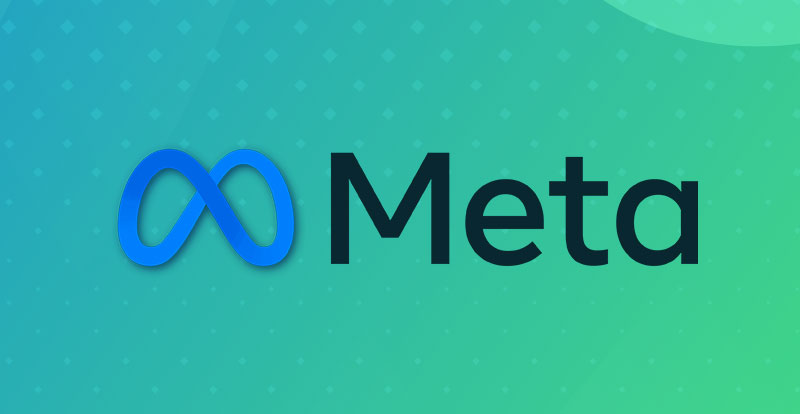We recently audited a client’s Facebook ad campaign, and they had a frustrating problem: their ads weren’t spending at all. At first, we thought it might be something major—maybe the election was driving up ad costs or a setting was completely off. Turns out, the issue was surprisingly simple: their cost per result goal was set way too low. Facebook just wasn’t biting.
It’s a common problem. Facebook ads are an incredible tool when they work, but when they don’t, it’s easy to feel stuck. If your ads aren’t spending, it doesn’t mean Facebook hates you (we promise), but it does mean something’s blocking your campaign from running smoothly. The good news? Most of these issues can be fixed once you know where to look.
Let’s dive into why this happens and, more importantly, how you can fix it.
Facebook Ad Spending: What To Check First
Ad Budget and Bid Strategy
Just because social media is easily accessible doesn’t mean it’s cheap. Advertising on Facebook, or any other popular platform, is going to cost you. Whether or not it’s worth it is determined by the strategies you employ.
First of all, the average social media budget isn’t a few bucks, it’s between $1,000 and $2,500 a month. Businesses can set any budget they want for Facebook ads, but if your bids aren’t high enough you’re simply going to lose spots to other advertising. You’re not only competing against competitors within your market on Facebook, you’re competing against other advertisers that try to reach similar demographics. Every single ad is effectively an auction, and if you don’t win, your ad doesn’t get seen. The only way to win is by implementing a bid strategy that will see you win those auctions.
Make sure you’re budgeting for Facebook ads correctly so they not only get seen but get seen by the right consumers.
Target Audience Size
Targeted advertising is a game-changer, but only if you use it the right way. Just because you have a niche product or service doesn’t mean your desired market should be niche.
When choosing the characteristics of your market, think of broader themes and demographics. Think of related markets and how your business can connect with them. Make sure to double-check for exclusions or overly specific criteria, you never know what customers you’ll be able to reach after doing so.
Ad Scheduling
Not every business is in every potential market. For smaller businesses, there’s a good chance your market reflects the region you operate in. That means when your ads are scheduled is just as important as what’s being scheduled. It might be cheaper to advertise during different times, but that won’t appeal to everyone in your target time zone.
Narrow down when your market is most likely to be on Facebook and make sure your ad scheduling reflects that.
Ad Review and Approval
Everyone probably has a few unread Facebook notifications on their profile. That can also include updates about your ad content. There is an extensive list of restrictions for advertising on Facebook. If your ads don’t reflect those restrictions, they’re going to get pulled. Simple as that.
First, you need to familiarize yourself with those restrictions. Make sure any team that puts ads together for your business is familiar with them too. Then, your ad still has to go through a review process through Meta/Facebook. That also needs to be monitored.
You never know when that unread Facebook notification is trying to tell you that your ad was rejected.
Campaign Objective Mismatch
This is also a basic idea for almost any marketing campaign. Your goals need to define your advertising, not the other way around. Before you pass along your account to an ad agency or to your marketing team, determine what it’s supposed to achieve. Create a roadmap or set of milestones that align with those values.
Then, and only then, will your marketing team have the foundation to start their work. Your target market and the ad formats they consume need to be at the backbone of any plans or campaigns. When you have content that doesn’t quite match the criteria you selected for it, you’re in danger of Facebook pulling your ad.
Know your market, and know your goals, before you create your advertising.
Setting a “Cost per Result Goal” That’s Too Low or Early
Once again, this should be a basic requirement for any marketing campaign. Whether it’s CPCs (cost-per-click) or customer acquisition costs, any business needs to know what they’re willing to pay for an impression or sale.
Setting a “cost per result” goal is extremely useful. The problem is that it’s also a restriction. Once it’s set it will define the success, or lack thereof, of your marketing campaign. Set it too early and expectations could be way too high, leading to disappointment down the road. Wait too long and your company might have drained its marketing budget on strategies that just aren’t working.
Facebook is a huge platform with countless different markets to reach. Any advertising needs to be given the right amount of room to allow Facebook to get that valuable, insightful data. The algorithm can be your best friend or your worst enemy, so make sure it gets to know your business and advertising before setting your “cost per result” goal in stone.
Why It’s Best To Leave Cost Per Result Goal Initially
Facebook advertising is effective, but it can take a while. They say that “good things come to all who wait” and that certainly applies to advertising data.
The data shows that the “optimization period” is typically a couple of weeks after a Facebook ad campaign has begun. That means it can take a couple of weeks to get worthwhile data that can help optimize ads or an entire campaign. Once the data comes in, you can further optimize the “cost per result goal” to the accurate level. Just give time for the data to roll in first.
Learning Phase
Just because your ads have seen some success, by being seen themselves, doesn’t mean you’ve worked out all of the kinks yet.
The market may have an initial reaction to your content but that could change. Fluctuations in user and consumer behavior are a science, in and of itself. Some of it is predictable through trends and seasons but there can be an innumerable amount of details that could impact the success of your Facebook ads. If your Facebook ads aren’t spending as much this week as they were last week, it’s time to see why.
Don’t rush into any changes or adjustments. Not only can it take a few weeks to get valuable data, but it can also take a few weeks for Facebook ads to generate profitable results. Allow for a learning phase that helps both you and your ads.
Creative Fatigue or Poor Management
Make content for your target market, not for you. If your Facebook ads aren’t spending it could be a creative problem instead of a technical one. Demographics are more than just an age group or ethnicity, it helps to identify entire markets so businesses can see why they resonate with them.
Advertising should appeal to potential customers and current customers alike. If creatives are just shelling out basic ads that are effectively boilerplate, consumers aren’t going to listen. The same goes for management that leads those creatives. Research the kind of content that gets the engagement and impressions you’re looking for and then make sure that’s the content your creatives are making.



